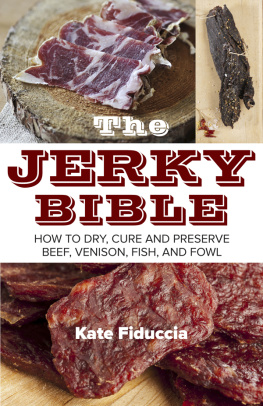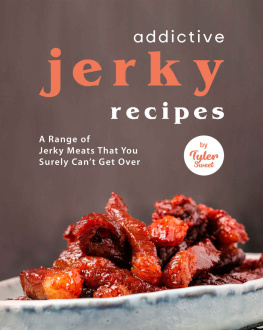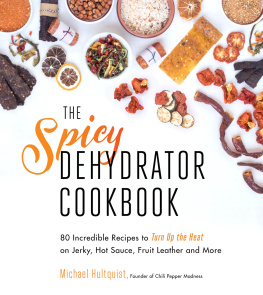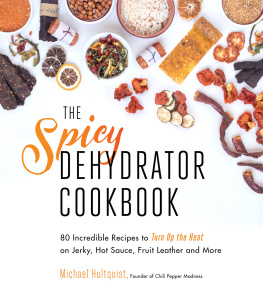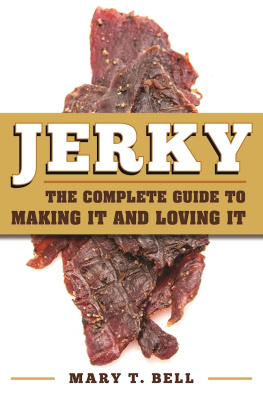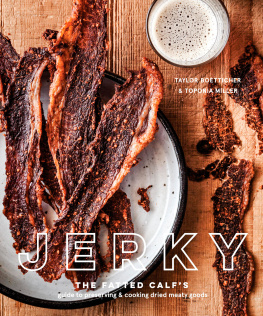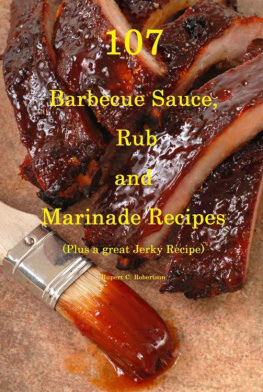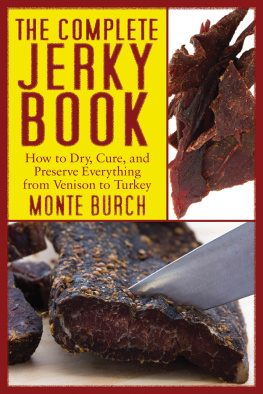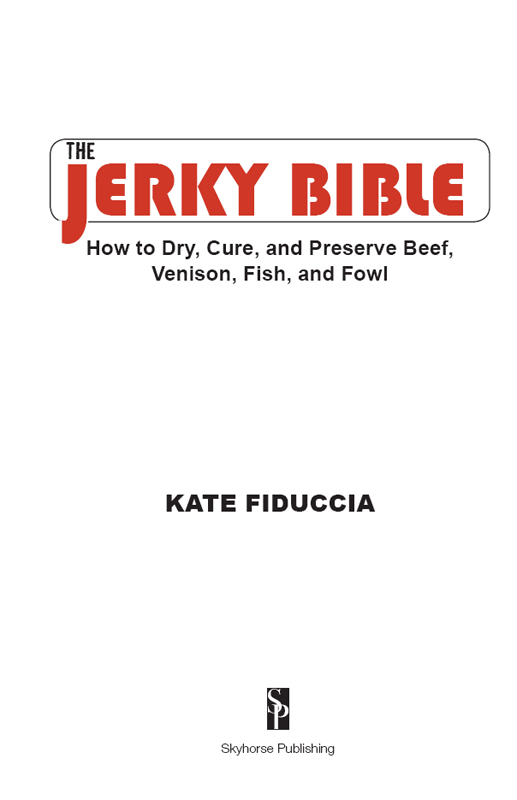Copyright 2014 by Kate Fiduccia All rights reserved. No part of this book may be reproduced in any manner without the express written consent of the publisher, except in the case of brief excerpts in critical reviews or articles. All inquiries should be addressed to Skyhorse Publishing, 307 West 36th Street, 11th Floor, New York, NY 10018. Skyhorse Publishing books may be purchased in bulk at special discounts for sales promotion, corporate gifts, fund-raising, or educational purposes. Special editions can also be created to specifications. For details, contact the Special Sales Department, Skyhorse Publishing, 307 West 36th Street, 11th Floor, New York, NY 10018 or .
Skyhorse and Skyhorse Publishing are registered trademarks of Skyhorse Publishing, Inc., a Delaware corporation. Visit our website at www.skyhorsepublishing.com. 10 9 8 7 6 5 4 3 2 1 Library of Congress Cataloging-in-Publication Data is available on file. Cover design by Laura Shaw Cover photo credit: Thinkstock Print ISBN: 978-1-62914-554-9 Ebook ISBN: 978-1-63220-010-5 Printed in China Dedication To the loves of my lifePeter and Cody. Other Books by Kate Fiduccia: Venison Cookbook Cabin Cooking Grillin and Chilin Backyard Grilling Cooking Wild in Kates Kitchen Cooking Wild in Kates Camp The Quotable Wine Lover Contents An Introduction to Jerky What is Jerky? There are many meanings of the word jerky. Some are funny, such as when someone acts jerky.
Some relate to articles of clothing. A jerkin is a short, tight-fitting piece of clothing worn by women. But were concerned with the food-related terminology for jerky. Jerky is meat or fish that has been sliced or formed in thin strips and prepared carefully for preservation. About one pound of raw meat yields four ounces of jerky. Jerky even includes fruit and vegetables.
Before we delve into jerky and jerky making, there is a difference between drying and preserving meat and making meat jerky. When drying meat that will be rehydrated later on, the meat has to be cooked first then dried. When meat has been cooked and dried, it can be stored in the freezer for up to one year. Meat jerky, which does not always require that it is cooked, can be stored in zip-top bags for two to six months. Why Jerky Today? Many people are returning to the basics and are enjoying the art of preparing their own food. Many are also concerned about being able to control what goes into their food products and the food preparation process.
Other food lovers are making jerky from their own beef, game meat, or poultry to save money. Jerky has also seen a resurgence in popularity as a quick nutritional snack for athletes, dancers, and long-haul truckers alike. Its also an integral part of the Paleo diet, whose followers try to emulate the eating patterns of our caveman ancestors. History of Jerky Jerkied meat and fish have been a part of every cultures history. Some say it had its origins with the ancient Incas. The Incas had an advanced method of food preservation and storage.
Because they were able to store and hold food much longer than any other people at that time, they were able feed their armies and extend their influence along the route of the Camino de Las Incas to reach the Pacific Ocean on the west and through the Amazon jungles on the east. The Incas usually used llama or alpaca meat that was freeze-dried and stored. They called this dried meat charqui (charkey), which then came to be known in English as jerky. Ancient Egyptian civilizations also had jerky as a food source. In addition to drying strips of meat from game animals indigenous to Northern Africa, they dried fish as well. Our first Native Americans made jerky out of buffalo meat.
They used their buffalo jerky as a staple to tide the tribe over through the long winter months and also valued it for its ability to be carried as they traveled from one place to another. When the first settlers came to the New World, they were introduced to jerky, as well as a variation of jerky called pemmican. Pemmican is traditionally prepared from venison (buffalo, moose, elk, or deer). The meat is cut into thin slices and dried out in the sun or over a low fire until nearly all the moisture is gone. The ratio of raw meat to final pemmican product is five to one. Once the meat is dried, it is pounded into a fine substance almost like powder.
Then it is mixed with melted fat at a ratio of about one to one. Oftentimes, dried fruits, such as blueberries or cranberries, that have also been pounded into a powder-like substance are mixed in, as well. The final mixture was then formed into portion-sized pieces or stored in rawhide pouches. Native Americans who lived near the ocean would soak the strips of meat in salt water before drying. This is one of the earliest forms of brining food. An alternate method of making jerky was over fire.
Used to either keep the flies off the meat or keep the meat dry with a fire inside a large teepee, the smoke from the fire added flavor to the jerky. As the early settlers headed west, traders and explorers valued this food source, as fresh food was often scarce during their travels. They also realized it as a viable food option once game was killed and the fresh meat ran out. The meat of other game animals was also made into jerky, such as turkey, goose, duck, and even fish. With todays varied options for preparing jerky, nearly any low-fat food product can be made into jerky. Traditional jerky meats include beef, buffalo, deer, caribou, moose, antelope, rabbit, and lamb.
Poultry jerky includes chicken, turkey, duck, ostrich, and emu. Freshwater fish jerky includes bass, walleye, sunfish, and crappies. Saltwater fish jerky includes sole, flounder, rock cod, trout, catfish, and salmon. The end goal for all these types of jerky is to produce a safe shelf-stable product that has had nearly all of its moisture removed so it can be stored without refrigeration. Jerky Safety When is it Safe to Eat? Jerky safety is a pertinent concern since raw meat or fish is the primary ingredient. Special care must be taken to drastically reduce the moisture content to inhibit any bacterial growth.
In 1995, for example, nearly a dozen people in Oregon became ill after eating E. coli tainted homemade jerky. E. coli is a type of bacteria that normally lives in the intestines of people and animals. There are, however, a few types of E. coli 0157:H7 , that can cause intestinal infection. coli 0157:H7 , that can cause intestinal infection.
The more common infection symptoms include diarrhea, abdominal pain, and fever. In cases that are more severeusually in people with weakened immune systemsone can have bloody diarrhea or even kidney failure. Most whole meat jerky is prepared and dried at temperatures of 140 to 155F. At these temperatures, most of the moisture is extruded, but the temperature is not hot enough to kill the bacteria if there are any. When making ground meat jerky, there is a greater chance of bacterial contamination. Since the meat went through a grinder, any pathogens that were present on the machinery have been distributed through the mixing process.
Furthermore, any bacteria that may have been only on the surface of the meat are mixed into the product. Other pathogens to be concerned about include Salmonella and Trichinella . The Trichinella parasite was found in cougar jerky that was prepared and consumed in 1995. Remember that for anyone to become sick from eating jerky, there are three things that have to happen. Bacteria or pathogens have to be on the meat. The meat is then prepared in a manner that does not kill the bacteria.

